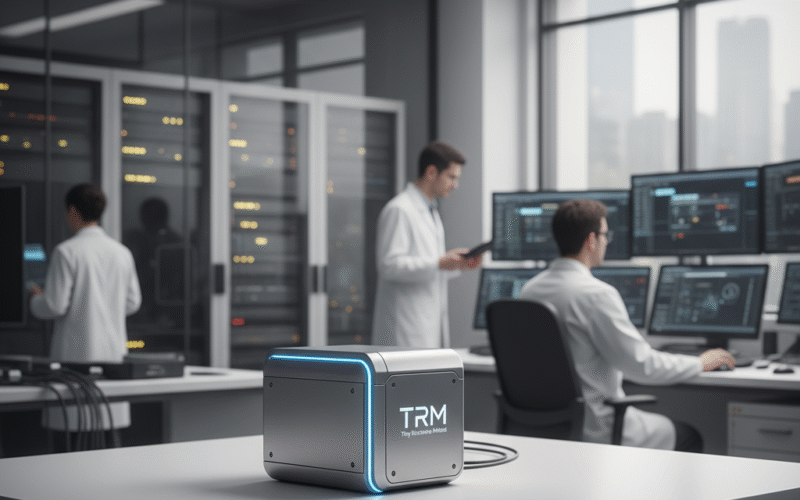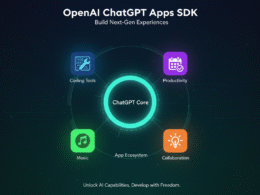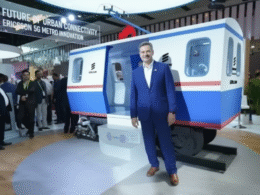Samsung’s Tiny Recursive Model (TRM) is making waves in the AI world. It’s a small neural network with only 7 million parameters. Even though it’s tiny, TRM solves difficult problems better than much larger models like Gemini 2.5 Pro. It works by improving its answers step by step. This proves that bigger AI models are not always better.
Why Big AI Models Sometimes Fall Short
Most large AI models generate answers one word at a time. Unfortunately, a small mistake early on can ruin the whole response. To fix this, researchers use tricks such as Chain-of-Thought prompting or test-time compute. However, these require a lot of computing power and can still fail on tough problems. For example, Gemini 2.5 Pro scores only 5% on the tough ARC-AGI-2 test.
How Tiny Recursive Model (TRM) Uses Smart Recursive Reasoning
The Tiny Recursive Model (TRM) works differently. It uses a very simple network with just two layers. TRM gradually improves its reasoning through multiple cycles. Imagine someone checking and fixing their homework several times. This back-and-forth process helps TRM get better answers quickly and efficiently.
Small But Powerful: Results That Impress
Even though it’s smaller than similar models, TRM scores higher, too. It solves Sudoku puzzles with an 87.4% accuracy, better than previous models. It navigates hard mazes with an 85.3% success rate. On ARC-AGI-1, it hits 45%, beating bigger models. On ARC-AGI-2, it doubles earlier scores with 8%. Smaller can truly mean smarter.
Training Made Easy with Tiny Recursive Model (TRM)
The TRM training method uses “deep supervision.” Instead of complex math, the model learns step by step. This makes training easier and less costly. Because of this, more researchers and developers can train powerful AI even without fancy hardware.
What TRM Means for the Future of AI
The success of the Tiny Recursive Model (TRM) offers a new view on AI design. It challenges the idea that bigger is always better. Smaller, smarter models mean faster, cheaper, and more accessible AI. This will help AI reach more industries where speed and reliability matter.









